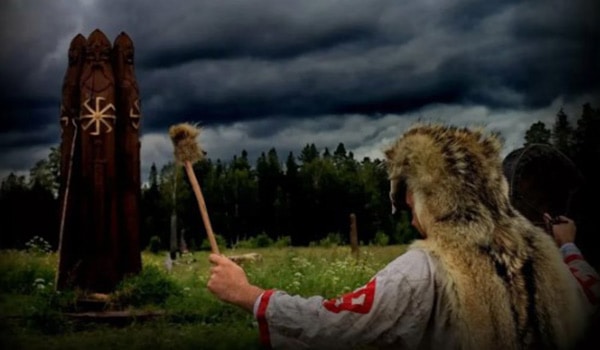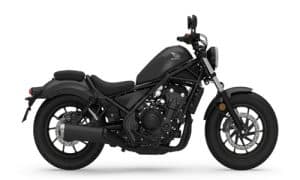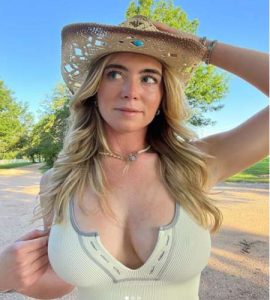
Welcome to the captivating world of ancient folklore, where mysterious deity and heroes come to reality in the form of unique masterpieces! Our store offers you an immersion into the ancient Celtic pantheon through high-quality artificial statuettes crafted with love for detail.
In our website, people can acquire figures of Gods from Celtic, Norse and Slavic folklore.
Table of Contents
Celtic Gods
It’s a fascinating and rich part of archaic Celtic cultures, leaving behind numerous captivating legends, myths, and traditions. This mythology spans centuries, embodying the beliefs and cultural features of the ancient Celts who inhabited territories from Ireland and Britain to parts of modern-day France and Spain.
At the core of Celtic myths and tales is a pantheon of deities and gods, entities whose deeds and characters became the foundation for numerous legends, folklore and takes. They possessed different aspects and powers, influencing the lives and perceptions of the Celts about the world.
Probably, Dagda, the god of the earth and fertility, is the most recognizable deity. His image is often associated with abundance, and he is often seen as a powerful hero with magical skills.
Another important idol in the Celtic pantheon is Lugh, known as the god of light and arts. Lugh was considered the patron of wisdom and skill, a perfect warrior with incredible agility and strength. In myths, Lugh often appears as a hero, beating evil enemies and bringing prosperity to his people.
The goddess Morrigan also holds a special place in Celtic mythology. She was the goddess of war, fate, and death. Morrigan had the ability to change her shape and was often represented as a crow, symbolizing death and rebirth. In myths, she frequently interacts with heroes, influencing the outcome of their destinies.
Celtic culture is full of numerous deities, each contributing to the overall tapestry of beliefs and the Celtic worldview. For example, Danu, the mother of gods, or Cernunnos, the god of hunting and animals. Each deity had a special role in the cosmogony and was part of a complex system of interactions.
Celts also believed in the existence of other mythical beings, such as fairies and elves. These creatures inhabited hidden places away from human eyes, and their influence manifested in different aspects of Celtic life. Beliefs in these fantastical entities affected everyday rituals and traditions of the Celtic people.
One unique feature of Celtic mythology is the belief that the boundaries between the world of gods, spirits, and humans are very thin. Humans could connect with deities through some rituals, prayers, and ceremonies, creating a special bond between the secular and supernatural worlds.
Celtic mythology, despite its ancient origins, remains an inspiring source for modern researchers, artists, and ancient history enthusiasts. It’s unique images and wisdom, encapsulated in myths and legends, continue to influence culture and art, reminding us of the richness of the spiritual heritage of the ancient Celts.
Norse Gods
Scandinavian folklore is full of captivating characters, epic events, and profound philosophical concepts. This folklore served as the basis for the religious beliefs and worldview of ancient Scandinavians, leaving its mark on literature, art, and culture. Scandinavian folklore primarily consists of stories about gods, heroes, their brave adventures, as well as concepts of the universe and cosmogony.
One of the central elements of Scandinavian mythology is the pantheon of gods, which includes numerous unique and recognizable figures. One of the most well-known gods is Odin, the supreme deity of Scandinavian folklore and the ruler of Asgard. He is considered the god of wisdom, battle, poetry, and magic. However, in addition to his high position, Odin is also known for his supernatural methods, including sacrificing himself by hanging from an artificial noose as a symbol of self-sacrifice.
You should definitely have heard of Thor, the powerful god of thunder and lightning. His adventures and struggles against giants often become central moments in the ancient stories.
Loki, the restless and cunning god, also holds a true special place in the pantheon. Loki is often a contradictory figure, capable of both bringing benefit and causing harm. His pranks and tricks often lead to unexpected consequences for both gods and humans.
Scandinavian mythology also includes goddesses such as Frigg, Odin’s wife and Baldr’s mother. Frigg is considered the goddess of love and family, the protector of the home. Among other goddesses, Valkyrie stands out – warrior maidens who choose warriors for eternal battle in Valhalla.
One of the most epic conceptions in Scandinavian mythology is Ragnarök – the prophecy of the end of the all things and the beginning of a new one. This event foretells a battle of celestial deities and giants, that caused collapse of the world but also paving the way for its rebirth. This myth underscores the cyclical nature of time and life in Scandinavian folklore.
Besides that, Scandinavian mythology features numerous powerful deities and mythical figures such as elves, dwarves, and jotnar (giants). These characters contribute to Scandinavian culture.
Scandinavian mythology has a profound influence on the folklore and culture of many countries, including the Scandinavian countries themselves, Germany, England, and even distant territories such as Iceland and the Faroe Islands. Today, this facts are present in literature, cinema, music, and other directions.
In conclusion, Scandinavian folklore presents a unique and captivating world that continues to inspire and captivate people worldwide. Its gods, heroes, and mythical elements form the foundation of engaging stories, symbols, and worldviews, permeating the depths of human culture and internal world of each other.
Slavic folklore is a rich and fascinating aspect of the spiritual culture of the Slavic people. This mythology dates back to ancient times, spanning millennia and evolving under the influence of various regional and ethnic characteristics. The gods of the Slavs, as well as their myths, played a significant role in shaping the worldview of this community.
Slavic Gods
The basic concept of Slavic folklore is the Cosmic Tree, or World Tree, which connects all three levels of the world: the heavenly, earthly, and underworld. This tree, known as “Yggdrasil”.
One of the most important gods in Slavic folklore is Perun, the god of thunder and lightning. Perun is depicted with a lightning bolt in his hand, ready to strike down enemies. In myths, Perun frequently battles a great serpent, symbolizing the forces of chaos and evil.
Another significant Slavic god is Veles, the god of cattle, rivers, and flowing water. Veles is often portrayed in the form of a serpent and is considered a mediator between worlds. His cult was widespread among farmers and herders, as he was regarded as the patron of fertility and wealth.
Slavic mythology also features goddesses, including Mokosh, the goddess of the earth and feminine power. Her worship is associated with fertility and the abundance of the land. Mokosh is depicted as a female figure, sometimes with the horns of plenty.
The family of supreme gods in Slavic folklore includes Svarog, the god of the sky, sun, and fire, as well as his son Dazhbog, the god of the morning and evening sun. Yarilo, the god of spring and youth, also related to celebrations and rites of spring awakening.
Slavic mythology is enriched by a variety of spirits and mysterious beings. Forest spirits, such as the Leshy, household spirits, like the Domovoi, and water nymphs, for example the Rusalka, contribute to the basic figures of the old tales. The deities serve as intermediaries between the forces of light and darkness and influence the lives of people with their caprices and whims.
An essential aspect of Slavic mythology is the ritual calendar associated with the celebration of seasonal changes and the ensuring of favorable natural phenomena. Festivals such as “Kupala Night” and “Maslenitsa” blend pagan and modern religious traditions, reflecting the complex nature of the cultural heritage of the Slavs.
Slavic folklore captivates attention not only with its rich symbolism and intriguing characters, but also with the way it combines elements of the spiritual legacy of various Slavic peoples. It reflects the unique features of culture, customs, and perspectives on the world shaped by historical, geographical, and socio-cultural factors. This mythology is an integral part of Slavic identity and continues to astonish and inspire people with its rich history and mystery.
Our store
By choosing a figurine from our store, you not only expand your collection but also immerse yourself in the fascinating world of ancient Celtic mythology. They stand at a height of 6-10 inches, easily fitting into any space, are not fragile, and can be easily moved wherever you desire.
You can also customize your collection by ordering figures of different deities based on your preference. Our store offers you the opportunity to create your own mythological world right at home. The figurines are made of durable materials, ensuring longevity and suitability for collectors.
Each detail, from expressive facial features to clothing details, showcases the skill of our artists.
Allow these great gods and heroes to become a part of your home, reminding you of the richness and beauty of ancient legends.
Follow – https://sggreek.com for More Updates


